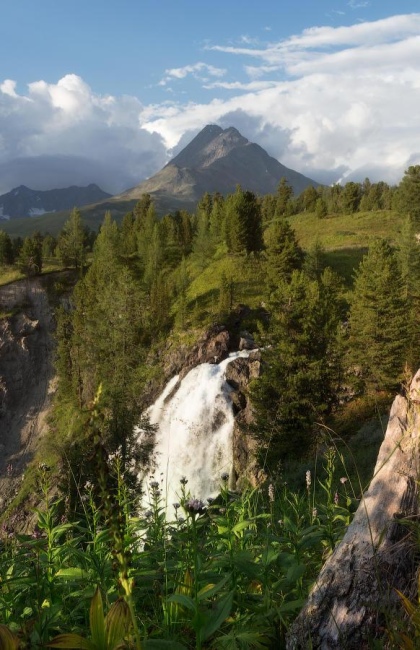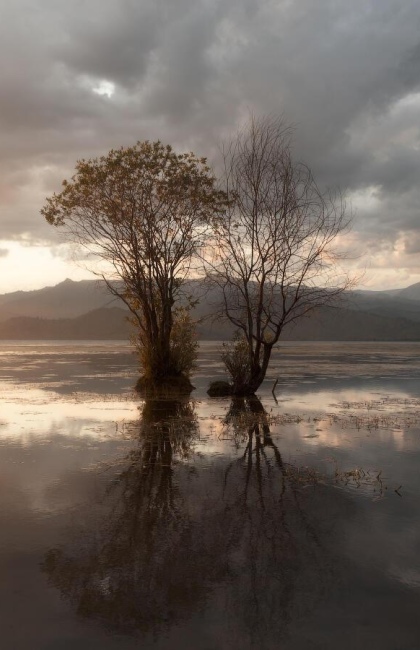Tarbagatai National Park
Tarbagatai National Park, situated in the East Kazakhstan Region, is a designated protected area where activities such as hunting, fishing, habitat destruction, and other harmful actions to the environment are strictly prohibited. Established in 1968, its primary mission is the preservation of unique flora and fauna, with a particular focus on safeguarding the argali, an endangered mountain sheep species.
In addition to the argali, the park is home to various rare species like roe deer, peregrine falcons, saker falcons, the endemic desert dormouse, little bustards, great bustards, and black-bellied sandgrouse. The region's remote mountains also host hard-to-reach edelweiss, along with endangered plant species like Daphne altaica, steppe peony (Paeonia hybrida), Tulipa heteropetala, and Iris tigridia.
One of the park's remarkable features is the Burning Adyrs, a collection of red-hued hills composed of clay rocks dating back to the Mesozoic era. This striking red coloration is a vestige of the tropical climate that once characterized the region. The Burning Adyrs hold significant geological and paleontological value, as they contain traces of ancient animals, including dinosaurs, as well as prehistoric plants and marine life.
Furthermore, the area is rich in natural zeolite deposits, a mineral with a fascinating property akin to a sponge absorbing and releasing molecules, making it of interest for various applications.
How to get there?
To reach the Tarbagatai National Park from Ust-Kamenogorsk by car, take the A-350 highway and subsequently merge onto the M-38 highway. Travelers can spend the night in any of the nearby towns or villages, such as Zhanaauyl, Akzhar, Shilikty, Zaisan, and more, which are situated along the perimeter of the reserve.
Other tourist attractions near the Tarbagatai National Park:
- Lake Zaysan
- Irtysh River
- Tarbagatai Ridge
- Kiin-Kerish Tract
- Markakol Nature Reserve



_420x650_4ab.jpg)
